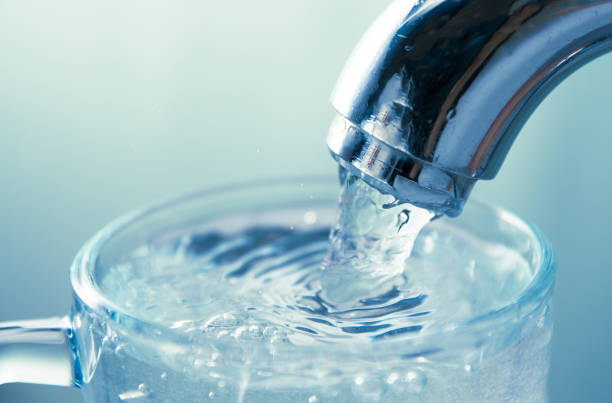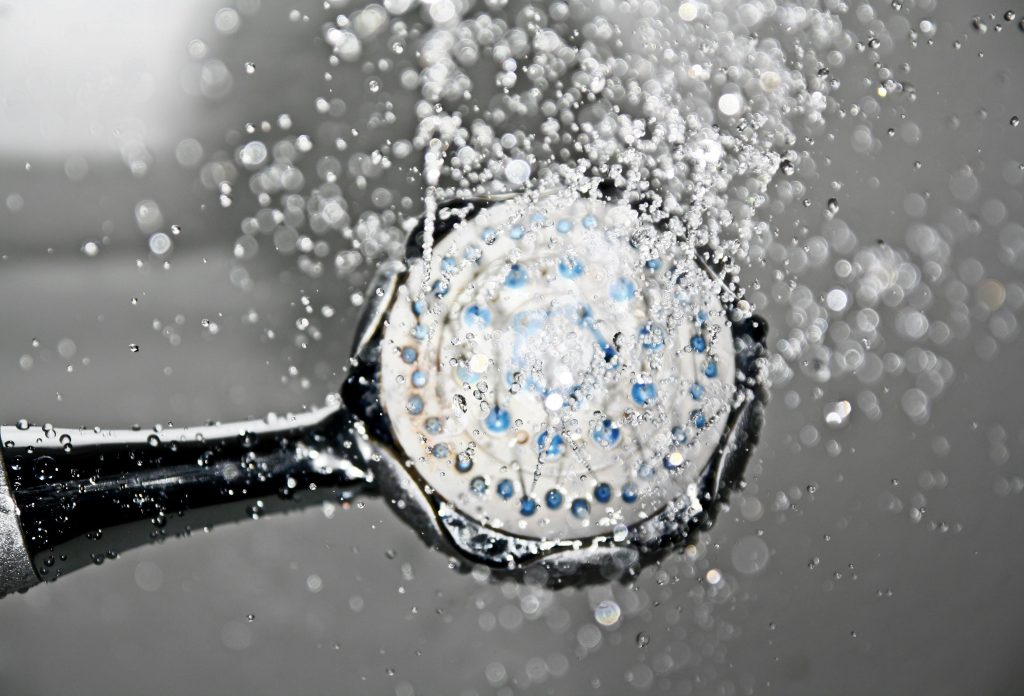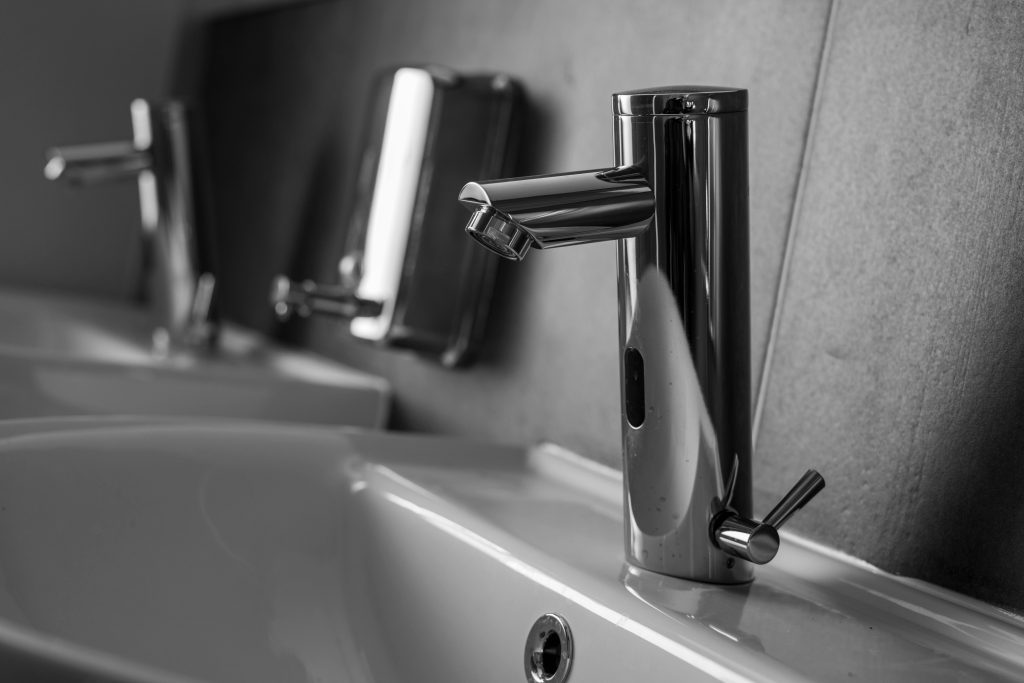Many homeowners overlook their water infrastructure until problems begin to surface. Pipes, valves, and fixtures deteriorate, leading to inefficiencies, leaks, and potential property damage. Recognizing the signs of aging infrastructure early helps prevent major repairs and ensures consistent water quality and pressure.
From discolored water to unusual noises behind walls, several indicators suggest that a property’s plumbing system may need attention or an upgrade. Understanding these warning signals helps homeowners act before costly issues arise and maintain the safety and comfort of their living environment.
Impact of Aging Water Infrastructure on HVAC Systems
Aging water infrastructure can significantly affect the performance of HVAC systems in residential properties. Leaks or corrosion in plumbing can create pressure and flow issues that necessitate reliable HVAC repairs to restore proper heating and cooling functions. Sediment buildup from deteriorating pipes may clog pumps or heat exchangers, reducing efficiency and increasing energy costs.
These hidden problems strain the entire system, leading to unexpected breakdowns and shorter equipment lifespans. Homeowners who address water infrastructure and HVAC concerns proactively help maintain consistent indoor comfort, prevent costly repairs, and extend the longevity of plumbing and climate control systems.
Low or Inconsistent Water Pressure
A sudden or gradual drop in water pressure can be linked to aging infrastructure. Mineral buildup and corrosion narrow the inside diameter of pipes, reducing the smooth flow of water. In older homes with galvanized steel pipes, this problem is common.
Low pressure might point to hidden leaks or partial blockages that strain the system. Inconsistent pressure between fixtures can signal uneven pipe degradation, while a system-wide drop often indicates a larger issue. Addressing pressure changes early can prevent ruptures and prolong the life of the plumbing network.
Frequent Leaks and Water Stains
Leaks that reappear after multiple repairs often indicate that the plumbing system as a whole is reaching the end of its lifespan. Small drips from joints, valves, or connectors are early warnings that corrosion is spreading. Water stains on walls, ceilings, or under sinks reveal that pipes are losing integrity.
Even minor leaks can lead to mold growth, structural weakening, and higher utility bills. If leaks are happening in multiple areas at once, it’s usually more cost-effective to replace aging sections or the entire line rather than performing patchwork fixes. Professional inspections can help locate hidden damage before it worsens.
Unusual Noises from Pipes
A healthy plumbing system operates quietly, so any new or persistent noises may indicate deterioration. Banging, rattling, or whistling sounds, often referred to as “water hammer”, can suggest loose fittings or pressure irregularities in older pipes. Air pockets, sediment buildup, or shifting metal joints may cause vibrations that travel through the plumbing system.
Ignoring these sounds risks future pipe bursts or joint failures. Sometimes, securing loose pipes or replacing worn brackets can help, but if the noise stems from internal corrosion or outdated materials, a more comprehensive replacement may be needed to restore smooth operation.
Recurring Drain Backups and Slow Flow
While clogs occasionally occur from hair, grease, or debris, frequent drain issues can point to deteriorating infrastructure. Older drainpipes made of clay, cast iron, or Orangeburg materials tend to crack, collapse, or shift. This leads to blockages and poor drainage throughout the home.
Tree roots can infiltrate weakened pipes, compounding the problem. If multiple drains are slow, the issue likely lies in the main line. Modern pipe inspection cameras can help identify the exact source of the obstruction and determine whether repair or replacement is the most practical solution.
Higher Water Bills Without Increased Usage
Aging infrastructure often causes inefficiencies that aren’t immediately visible but show up through rising water costs. Small leaks, hidden drips, or constantly running toilets can waste hundreds of liters of water per month. Damaged pressure regulators or outdated fixtures may cause uneven flow and unnecessary water loss.
Monitoring utility bills closely can help spot gradual increases that suggest a developing problem. Conducting routine water meter tests, turning off all water in the home, and observing whether the meter continues to move can confirm a hidden leak. Replacing old pipes and fixtures resolves these inefficiencies and can improve long-term system reliability.
Aging water infrastructure doesn’t always fail suddenly; it often reveals itself through subtle but consistent warning signs. Homeowners who recognize these signals early can prevent serious water damage, maintain quality, and avoid unexpected costs.
Regular inspections, pressure checks, and timely replacements protect the home’s plumbing system and keep water flowing safely for years to come. By staying attentive to discoloration, noise, leaks, and pressure changes, property owners can take proactive steps that preserve comfort and property value.
Published by HOLR Magazine.




